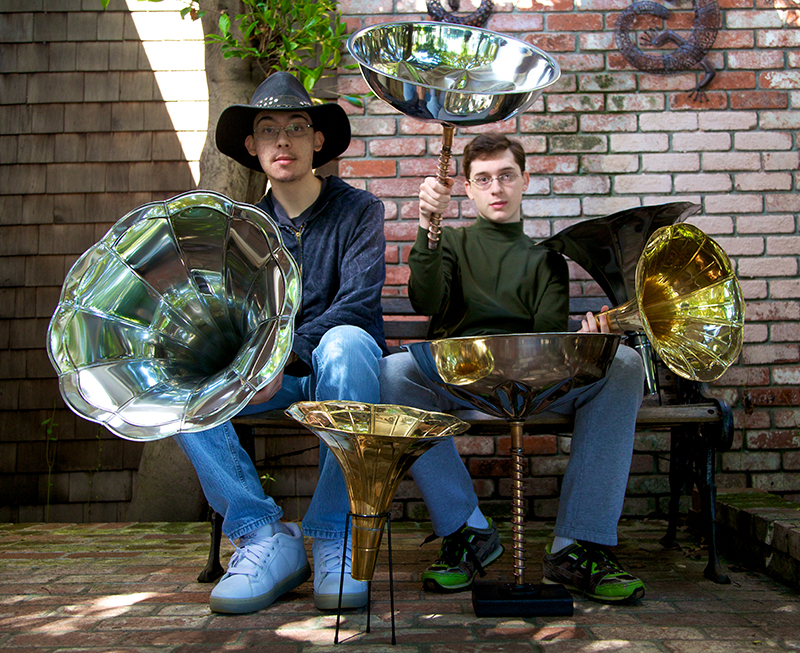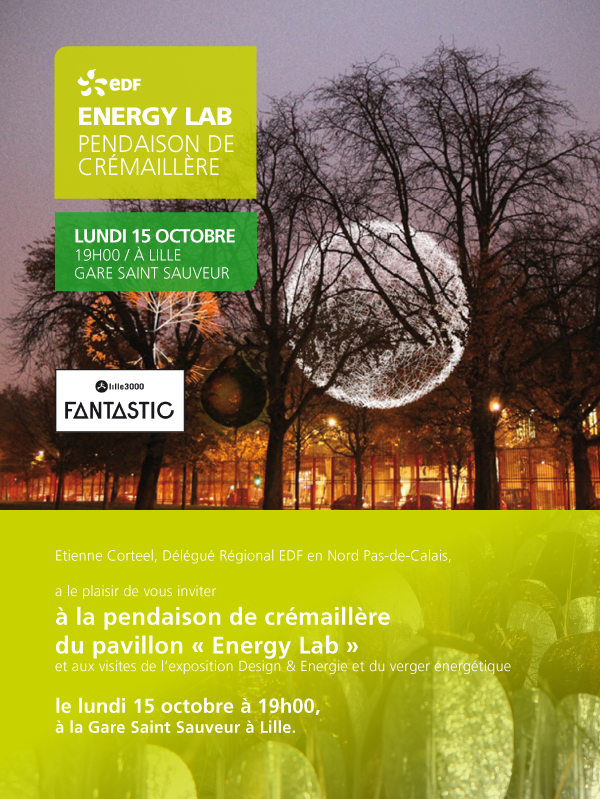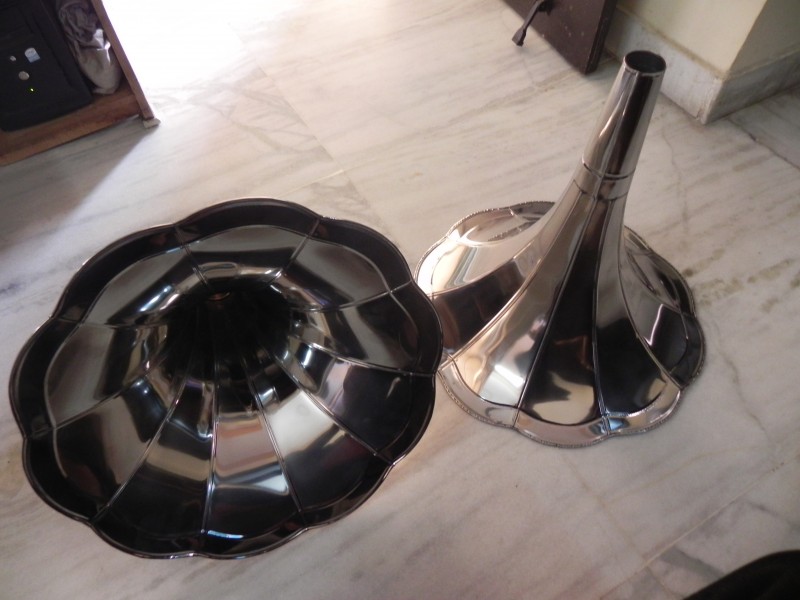So now we have three prototypes: two from India and one locally-produced. They are very different. But the latest version is what we are sending to EDF for the EDF Pavilion Exhibition at the London Summer Olympics Games. Check them out:

So now we have three prototypes: two from India and one locally-produced. They are very different. But the latest version is what we are sending to EDF for the EDF Pavilion Exhibition at the London Summer Olympics Games. Check them out:

You must be logged in to post a comment.

We’ve got an invitation to The Energy Lab — EDF’s new pavilion in France, featuring the winning designs from the EDF Sustainable Design Challenge....
Read more »
Our project and its video was just posted on The Water Channel! Here’s a description of what they do: TheWaterChannel was launched at the...
Read more »

So now we have three prototypes: two from India and one locally-produced. They are very different. But the latest version is what we are...
Read more »

We just got our first glimpse of DRIPS from India — these were produced in India and are being shipped to us now. Can’t...
Read more »

This year (2011), we are still focusing on food. We want to know the true cost of food — its price; the distance it...
Read more »


In order to have good dew collection you need to maximize the temperature differential between your collector and the air to the point the collector is at or below the dewpoint. This means minimizing thermal mass, maximizing thermal raditation, and insulating against absorption of thermal radiation. The academic literature indicates an inverted cone with a 30 degree angle to the ground is likely your best shape (your funnels above are too steep). See “Radiation-cooled Dew Water Condensers Studied by Computational Fluid Dynamic” by Clus Owen et al http://arxiv.org/pdf/0707.2514 . As for material PETB would work a lot better than the metals you have used, see http://205.186.138.171/assets/snippets/workingpaperpdf/2005-01-05gsharan.pdf for experimental data, also being close to the ground it would be useful to insulate the underside of the collector from ground heat radiation.
Thank you! These are very useful links and suggestions. The Tal-Ya project in Israel is using their structures as a shade, but they also admit to not collecting much moisture from air. We had a hard time trying build prototypes for DRIPS, but perhaps the information collected here on this site would help others build what they can from the materials available locally. Your contribution is very valuable. Did you see the hydrophobic coating created by the Japanese company? There’s a link in the last post. Thank you!
Great project guys. I’d like to talk about showcasing your prototypes at the Burning Man Festival this summer.
Please contact me at ballstudio@thing.net or http://www.lillianball.com
Would love to try this system in my permaculture project here in southern Turkey where we have very dry hot days but a lot of morning dew. veganbill@gmail.com
Hi. Isn’t it true most vegetable roots only grow down to about 15″? I am wondering how the plant roots will reach the evaporation level to get to the water if there is no water above that they can use. Will trying to grow deeper roots stress the plants further? I am just wondering.
DRIPS would work well for fruit trees, I think: olives, for example. The saplings would have to be watered and shaded until they are large enough to be supported by DRIPS. But DRIPS also provides a bit of shade and thus decreases the depth of the evaporation layers, making it closer to the surface and requiring shorter roots. (Just something that we learned over time…)